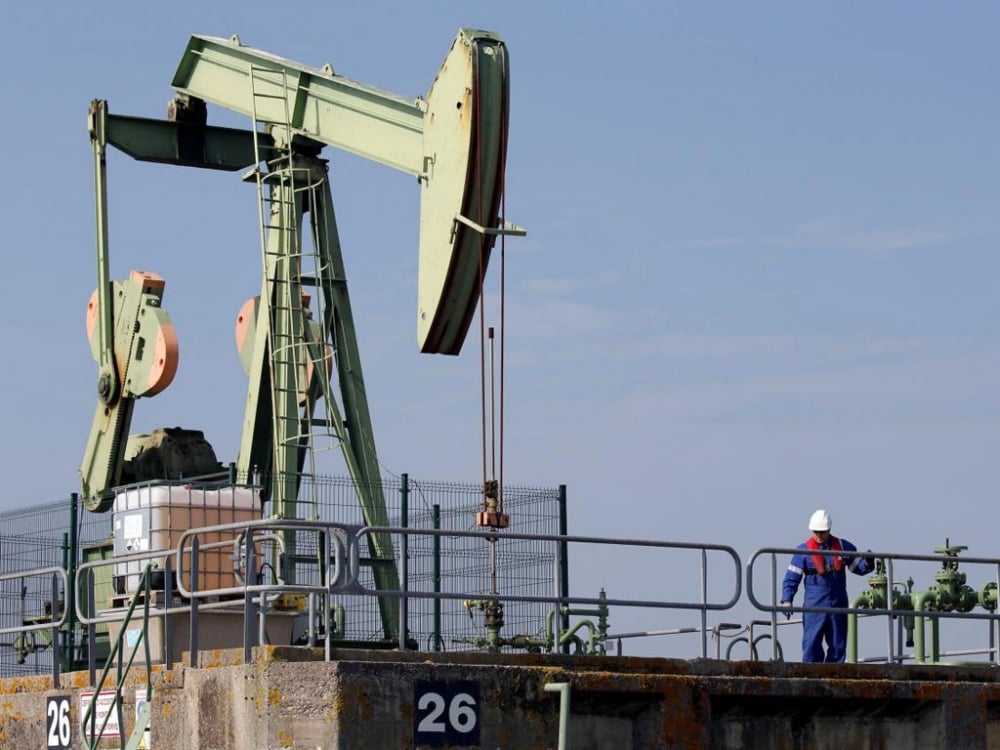 |
| OPEC+'s June 4 decision to cut production for the entirety of 2024 is a sign that the group is ready to support prices and prevent speculation. (Source: Reuters) |
The move comes after two major producers in the Organization of the Petroleum Exporting Countries (OPEC) and its partners (OPEC+) announced production cuts.
Oil prices will rise in the short term
At a meeting in Vienna, Austria on June 4, OPEC+ countries agreed to further cut oil production until the end of next year. Specifically, Iraq voluntarily cut 211,000 barrels/day, Oman 40,000 barrels/day, Algeria 48,000 barrels/day, Kuwait 128,000 barrels/day and the United Arab Emirates (UAE) 144,000 barrels/day until the end of 2024.
Meanwhile, Saudi Arabia will cut production by 1 million barrels per day, starting next July.
As a result, Saudi Arabia's oil production in July 2023 will fall to 9 million barrels per day compared to about 10 million barrels per day in May - the biggest drop in years.
Speaking at a press conference, Saudi Arabia's Energy Minister Abdulaziz bin Salman said the country could extend the cuts and "will do whatever is necessary to bring stability to the oil market."
According to Jorge Leon, senior vice president of oil market research at Energy Aspects (UK), this new cut could push oil prices up in the short term, but the impact will depend on whether Saudi Arabia decides to extend the cut or not.
The cut creates a floor for prices because Saudi Arabia can “voluntarily reduce production as long as it likes,” he said.
Falling oil prices have brought down gasoline prices in the United States and eased the burden on consumers around the world amid stubbornly high inflation. But Mr. Leon said gas prices will not get cheaper.
Meanwhile, Mr. Tamas Varga, analyst at PVM Energy Company (UK) warned: "If inflationary pressure persists leading to a decline in global oil demand, supply cuts could be neutralized."
Saudi Arabia's suggestion that another round of cuts is needed signals a shaky outlook for fuel demand in the coming months.
There are concerns about a weakening US and European economy, while China's economic recovery after lifting Covid-19 restrictions has not been as strong as many had hoped.
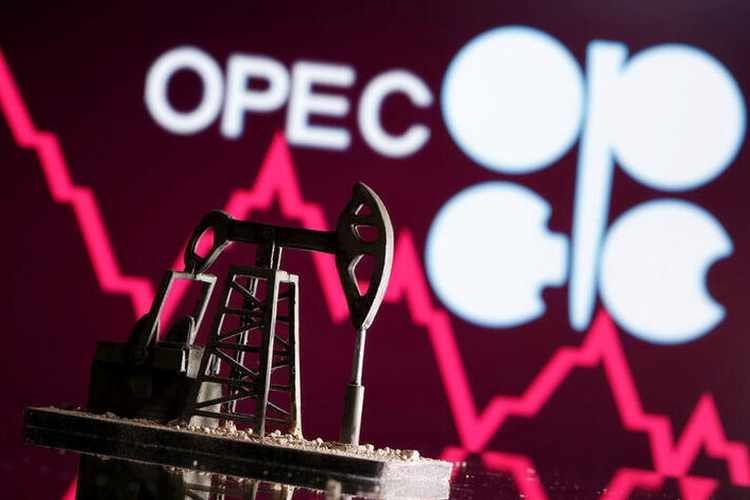 |
| OPEC+ countries agreed to further cut oil production until the end of 2024. (Source: Reuters) |
OPEC+ ready to support prices
Previously, on April 2, OPEC+ pledged to cut production by an additional 1.16 million barrels per day, with Saudi Arabia leading the way with a cut of 500,000 barrels per day, equivalent to about 5% of production, from May to the end of 2023.
OPEC+ has now cut production by 4.6 million barrels per day on paper. However, some member countries are unable to produce their quotas, so the actual reduction is around 3.5 million barrels per day, equivalent to more than 3% of global supply.
Previous cuts have provided little lasting boost to oil prices. International benchmark Brent crude rose as high as $87 a barrel, but has fallen below $75 in recent days.
Meanwhile, US crude oil prices recently fell below $70 a barrel. Falling energy prices have also helped push inflation in the 20 countries that use the common European currency (the euro) to its lowest level since before Russia launched its military campaign in Ukraine.
Saudi Arabia needs to maintain high oil revenues to fund ambitious development projects aimed at diversifying the country's economy.
The International Monetary Fund (IMF) estimates that Saudi Arabia needs oil prices of $80.9 a barrel to meet its planned spending commitments, including a project called Neom, a futuristic desert city worth $500 billion.
While oil producers like Saudi Arabia need revenue to fund state budgets, they also have to take into account the impact of higher prices on oil-consuming countries.
Too high oil prices could fuel inflation, reduce consumer purchasing power and push central banks like the US Federal Reserve (Fed) toward further interest rate hikes - which could slow economic growth.
Meanwhile, Saudi Arabia's production cuts and any increase in oil prices could help Russia increase its revenue.
Russia has found new oil customers in India, China and Türkiye as it faces Western sanctions aimed at curbing Moscow’s oil income.
However, higher crude prices risk complicating Russia's trade if prices exceed the $60-a-barrel ceiling imposed on the country by the Group of Seven (G7) leading industrialized nations.
Moscow has sought to circumvent the price cap by using “dark fleet” tankers. However, these efforts have added to the cost of transporting oil.
According to TASS news agency, Russian Deputy Prime Minister Alexander Novak said that under the OPEC+ agreement, Moscow will extend its voluntary production cut of 500,000 barrels per day until the end of 2024. However, Russia may not fulfill its commitment.
In its April 2023 oil market report, the International Energy Agency (IEA) said that Russia's total exports of oil and refined petroleum products such as diesel in April 2023 increased to a high of 8.3 million barrels per day.
OPEC+'s June 4 decision to cut production for the entirety of 2024 is a sign that the organization is ready to support prices and prevent speculation, according to analysts.
“It’s a clear signal to the market that OPEC+ is ready to put a floor under prices and defend that floor,” said Amrita Sen, co-founder of consultancy Energy Aspects.
Source





![[Photo] More than 17,000 candidates participate in the 2025 SPT Competency Assessment Test of Hanoi National University of Education](https://vphoto.vietnam.vn/thumb/1200x675/vietnam/resource/IMAGE/2025/5/17/e538d9a1636c407cbb211b314e6303fd)
![[Photo] Readers line up to visit the photo exhibition and receive a special publication commemorating the 135th birthday of President Ho Chi Minh at Nhan Dan Newspaper](https://vphoto.vietnam.vn/thumb/1200x675/vietnam/resource/IMAGE/2025/5/17/85b3197fc6bd43e6a9ee4db15101005b)
![[Photo] Prime Minister Pham Minh Chinh chairs meeting on science and technology development](https://vphoto.vietnam.vn/thumb/1200x675/vietnam/resource/IMAGE/2025/5/17/ae80dd74c384439789b12013c738a045)




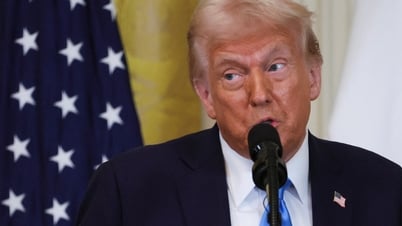

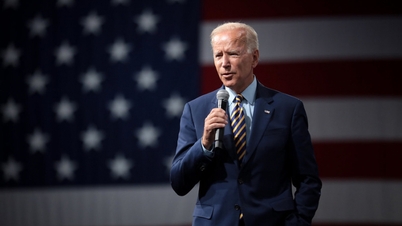






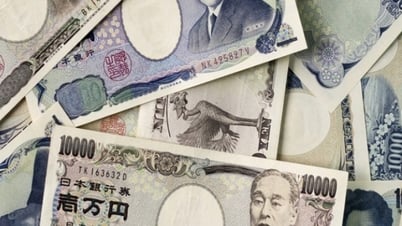
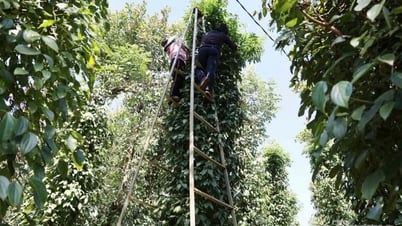
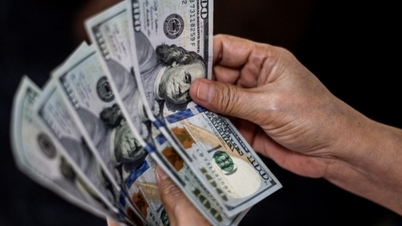
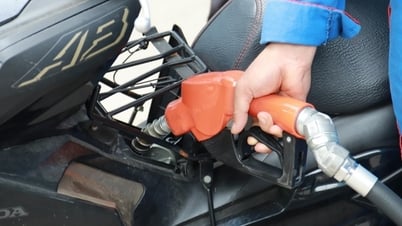





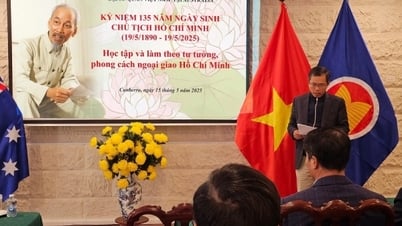

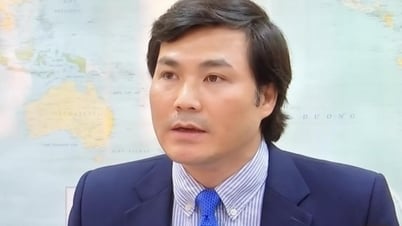

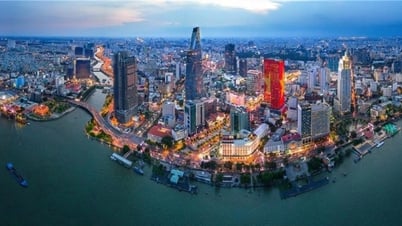
![[Photo] Nearly 3,000 students moved by stories about soldiers](https://vphoto.vietnam.vn/thumb/1200x675/vietnam/resource/IMAGE/2025/5/17/21da57c8241e42438b423eaa37215e0e)


















































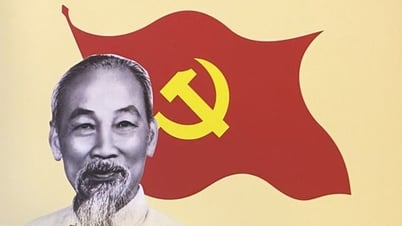

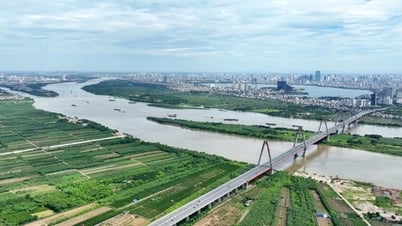
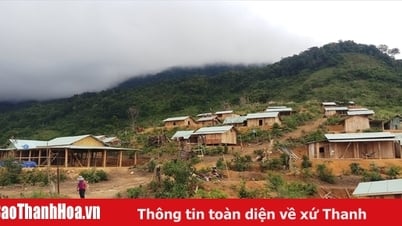


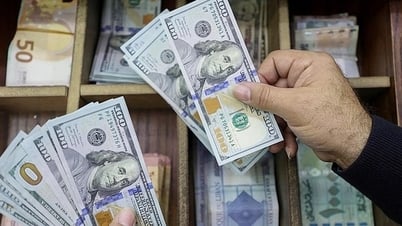












Comment (0)